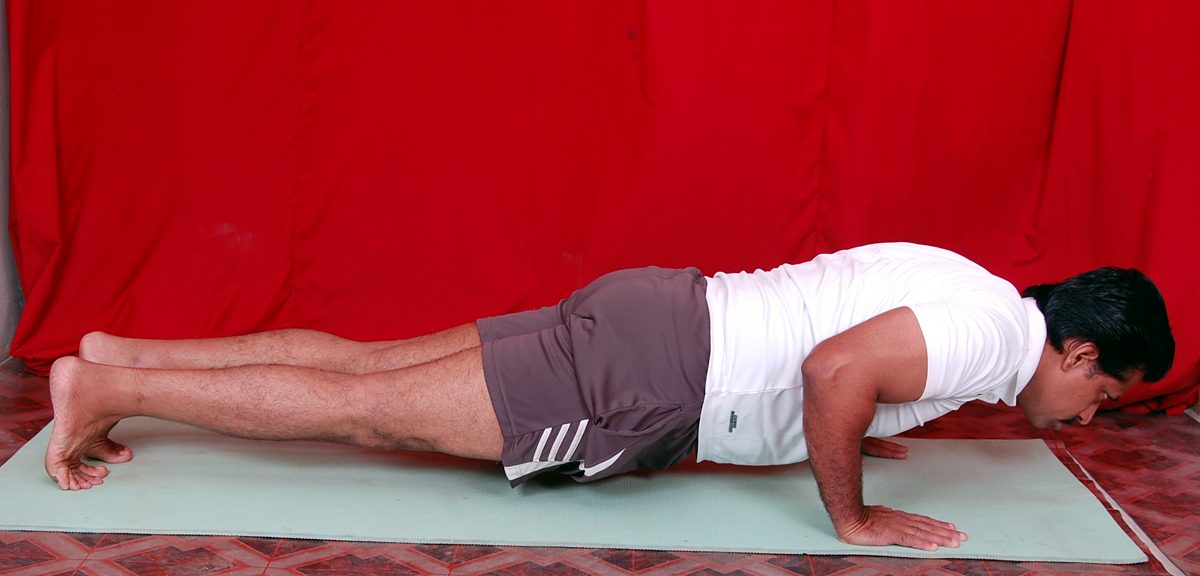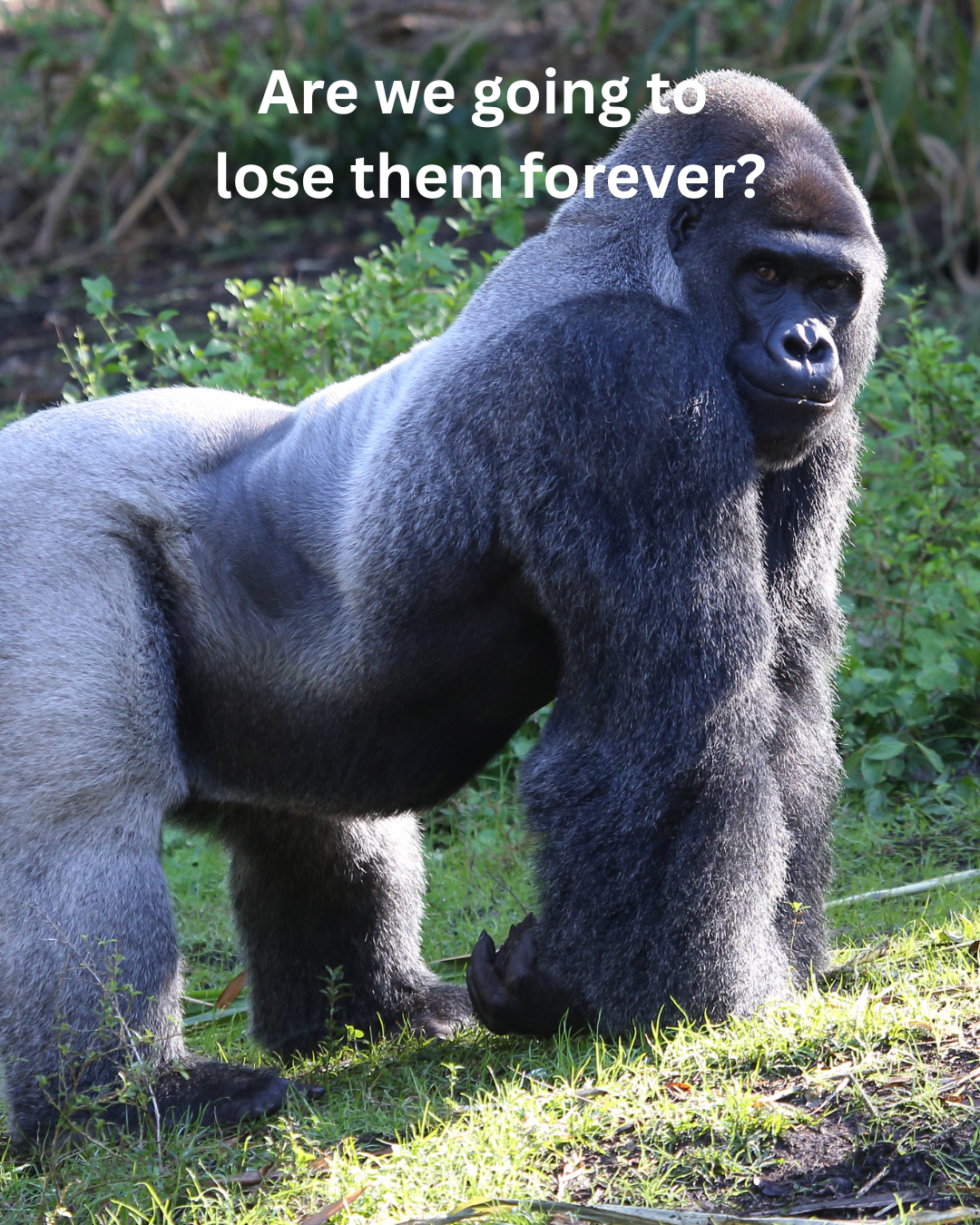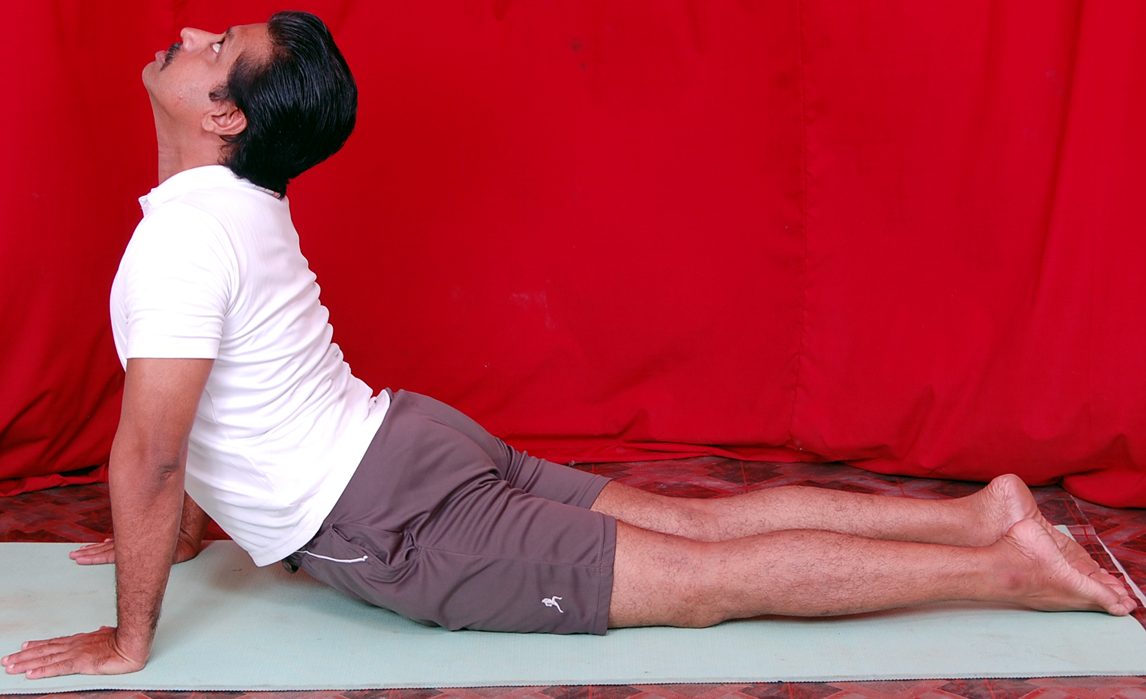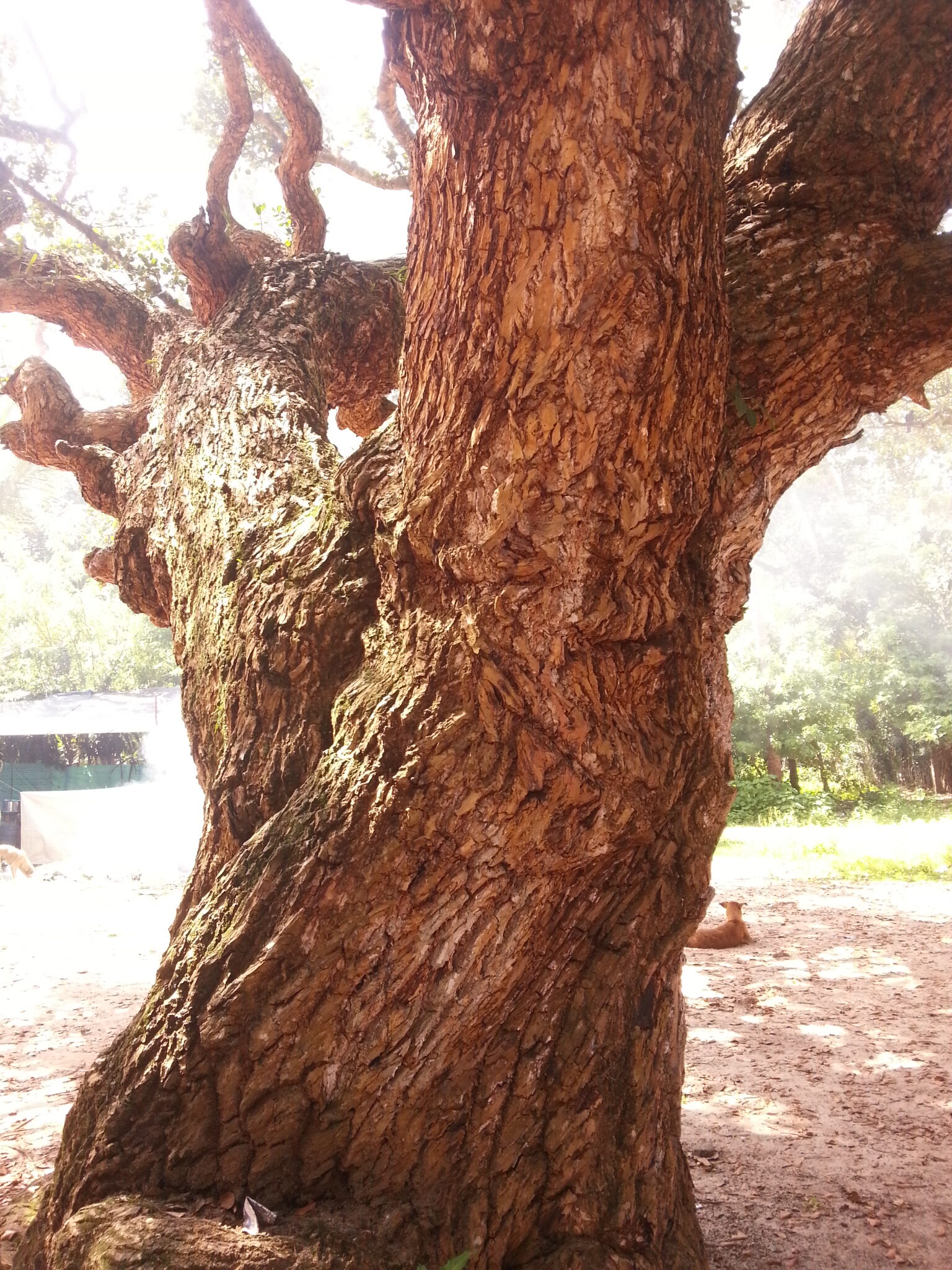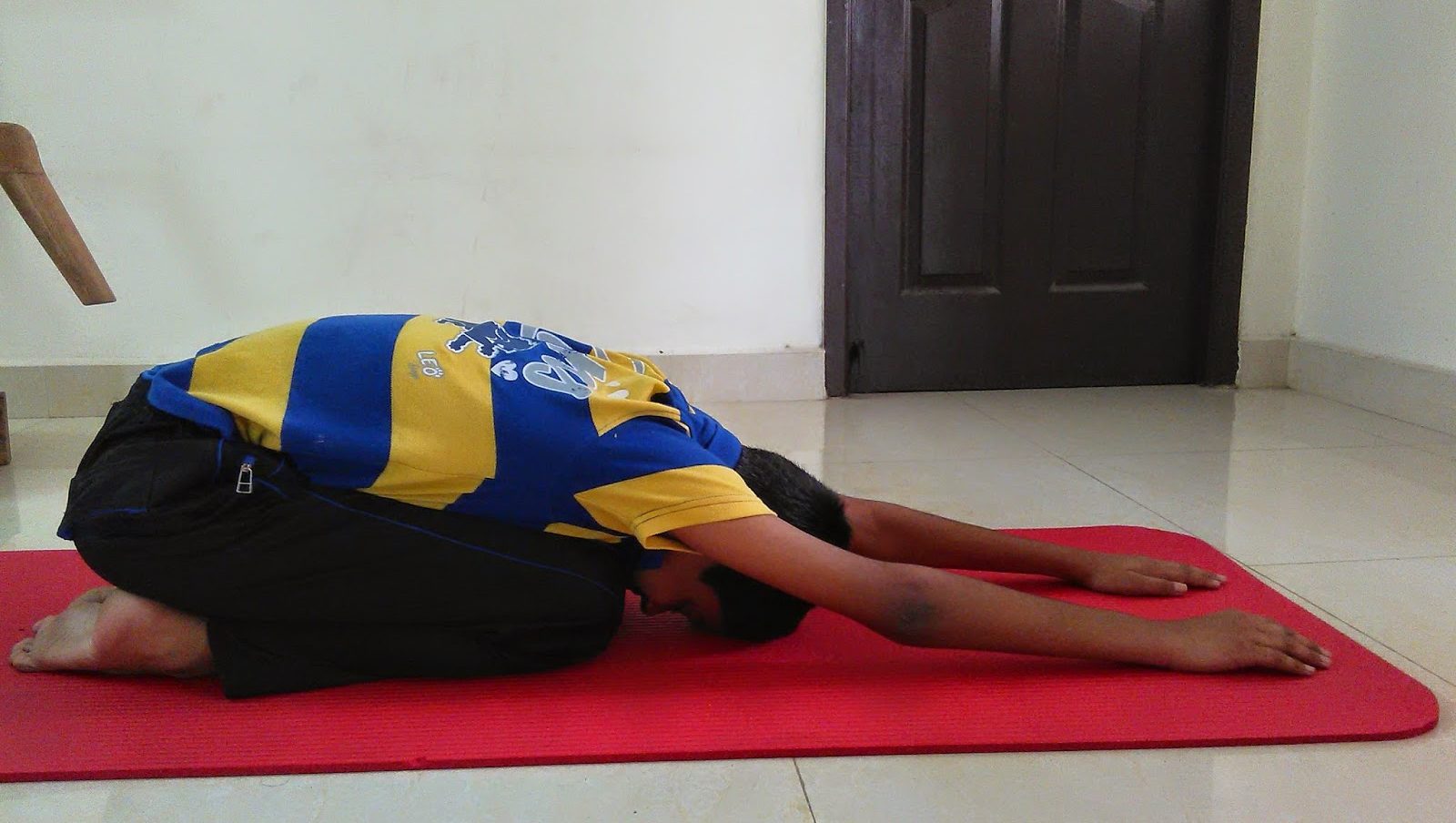We have covered the benefits and how-to-do of High Plank Pose (Kumbhaka Asana), a version of Four-Limbed Staff Pose, in one of our earlier posts. Beginners can start with High Plank Pose and advance to performing today's pose. The pose is called Chaturanga Dandasana in Sanskrit. 'Chatur' in Sanskrit means 'four' and 'anga' means 'limb'. 'Danda' means 'staff' but here it refers to the spinal cord.
Low Plank Pose stimulates manipura chakra, which attracts universal energy. Proper functioning of manipura brings out the hidden energy and helps you brave the challenges of life.
Other Benefits of Low Plank Pose
- Stretches and strengthens the spine
- Strengthens back muscles
- It is an effective yoga pose for back pain.
- Strengthens shoulders, hands and wrists
- Strengthens neck muscles
- Strengthens the core and stimulates functions of abdominal organs
- Promotes function of digestive system
- Helps to Maintain Balance
- Practicing the pose helps to relieve stress.
Step-by-Step Guide
- Assume Downward Facing Dog Pose.
- Hold the pose for a few seconds, inhale as you move your upper body forward to assume High Plank Pose. Now, your shoulders and wrists will be aligned. Draw your shoulders back.
- Inhale as you lower your body towards the floor with your palms and toes firmly on the ground. Your elbows should be bent with upper arms parallel to the floor and closer to your body.
- Hold the pose for 30 seconds. Return to Downward Facing Dog Pose. Alternately you can place your knee on the floor and assume Thunderbolt Pose.
Note
In case of difficulty in performing the pose on floor, you can stand close to a wall, place your palms on the wall and bending your elbows as seen in the pose, draw your body towards the wall.
Those with severe wrist conditions, spinal issues and joint conditions should refrain from practicing the pose.
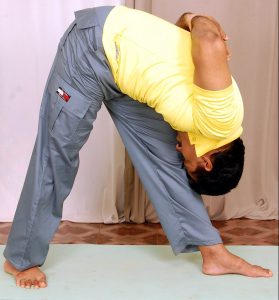
Yoga Pose for Day 60 - Intense Side Stretch Pose / Pyramid Pose (Parsvottanasana)
In Sanskrit, 'parsva' means 'side', 'ut' means 'powerful and 'than' means 'stretching'. Since this pose involves intense stretching towards the sides it is named thus. Intense Side Stretch Pose is called Parsvottanasana in Sanskrit.
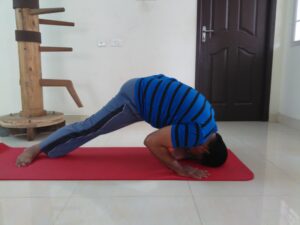
Yoga Pose for Day 58 - Virya Stambhan Pose (Virya Stambhan Asana)
'Virya' in Sanskrit means 'strength' and 'stambhan' refers to spinal cord. The pose strengthens spinal cord and hence the name. 'Virya' also means 'semen'. Practicing Virya Stambhan Pose improves semen production.
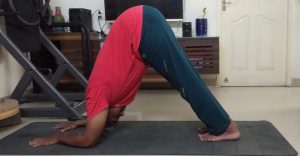
Yoga Pose for Day 57 - Dolphin Pose (Ardha Pincha Mayurasana)
We have covered the benefits and how-to-do of Downward Facing Dog Pose in one of our earlier posts. Dolphin Pose can be called a variation of Downward Facing Dog Pose. In Sanskrit, 'ardha' means 'half', 'pincha' means 'feather'


